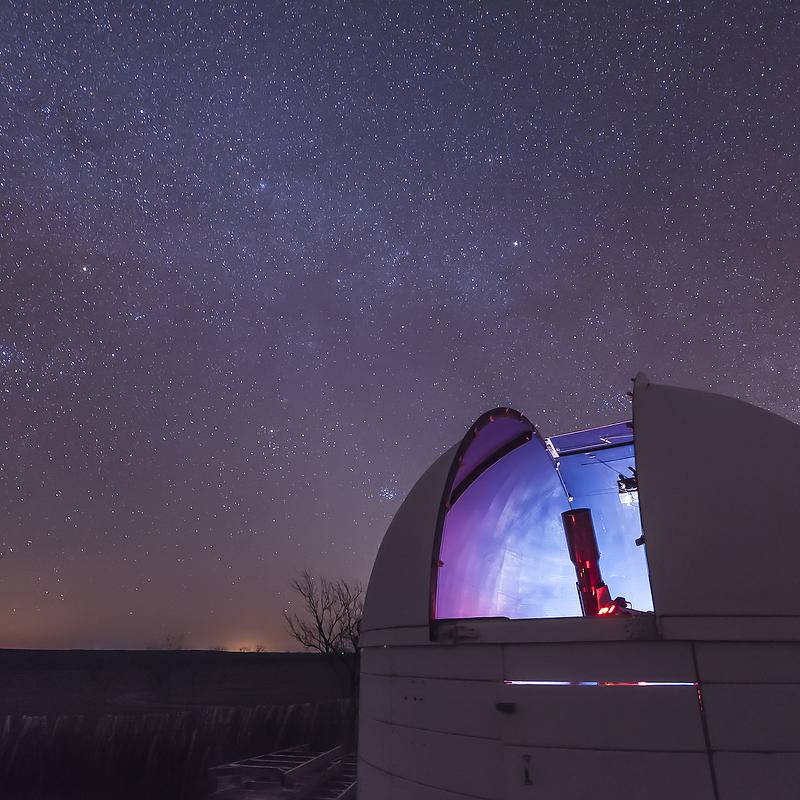Scientific
The Near and Short-Wave Infrared (NIR and SWIR) wavelength bands have long been important for scientific investigations and applications. Light in this region scatters less than visible wavelengths, permitting deeper penetration in obscurants, materials, or tissues. Light rays are also selectively absorbed when their wavelengths match the energy of the molecules they hit. This absorption creates unique spectral signatures in reflected or transmitted light. These signatures (or spectra) help to identify chemistries, or even to measure particle sizes by determining scattering behaviors. These capabilities enable in-vivo mapping of internal structures in tissues such as the eye, skin, or teeth. Astronomers image in the SWIR for both reasons, peering through cosmic dust, atmospheric turbulence, and to determine planet chemistries. Even art historians and restorers use SWIR images to study the masters’ methods and to authenticate art works by peering through surface layers and identifying the chemistry of the artists’ paint.
High performance image sensors, with low Size, Weight, and Power + cost (low SWaP-C), best serve scientists, researchers, and bio-medical clinicians. The 1280SciCam from Princeton Infrared Technologies (PIRT) is a research grade imaging tool with the on-board cooling capability to image the weakest light levels, but also with wide image dynamic range and great linearity over that range. It works great mounted on a spectrometer for cutting-edge spectroscopy research. The PIRT MVCam is a compact camera for use in tight quarters while also delivers fast frame rates, dynamic range, and linearity.
 Art Infrared Reflectometry Using SWIR Camera Technology
Art Infrared Reflectometry Using SWIR Camera Technology Astronomy and Telescopes Using SWIR Cameras
Astronomy and Telescopes Using SWIR Cameras Biological Research Using SWIR Camera Technology
Biological Research Using SWIR Camera Technology Earth Monitoring Satellites Using SWIR Camera Technology
Earth Monitoring Satellites Using SWIR Camera Technology Enhancing Microscopy with SWIR Cameras
Enhancing Microscopy with SWIR Cameras